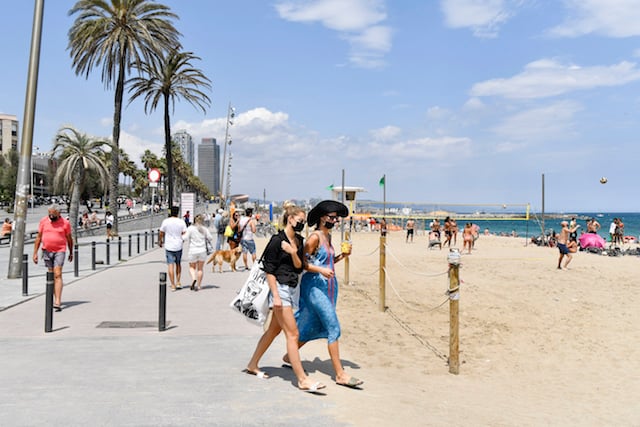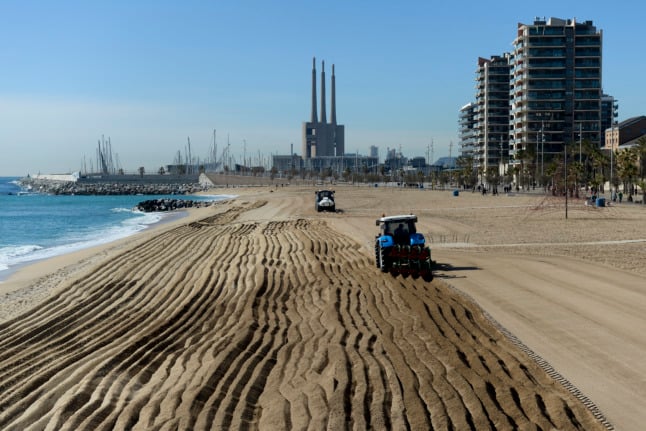Divided
.jpg)
Voters in the wealthy Spanish region on Thursday handed three separatist groupings a new absolute majority in parliament.
Their supporters were uncowed by turmoil over their failed bid for secession, which has seen Madrid impose direct control on the region.
Anti-secession party Ciudadanos also scored high, winning the biggest result of any individual party with 37 out of 135 seats.
That was a sign of division in the region, despite widespread outrage at Madrid's hardline stance on the crisis.
“We're now in a more polarised society that is at loggerheads,” said Oriol Bartomeus, politics professor at the Autonomous University of Barcelona.
“The possibility of agreeing on a solution is more remote now than a year ago.”
Puigdemont home?

While Ciudadanos won the most votes and seats, it remains far behind the three separatist groupings combined and lacks suitable coalition partners.
So the onus is on the three separatist groupings to join forces to form a regional government — seen as a likely outcome despite the divisions among them.
The list headed up by Carles Puigdemont, who was sacked as Catalan president by Madrid, came second.
But he is in self-imposed exile in Belgium, wanted in Spain on charges of rebellion, sedition and misuse of public funds.
His former deputy Oriol Junqueras and other Catalan leaders are in jail pending a probe into the same charges.
Rafael Arenas, law professor at the Autonomous University of Barcelona, says Puigdemont could choose to come back, which would mean immediate detention.
He could still be sworn in as an MP but would be unable to attend parliamentary sessions, says Arenas, a scenario that would bode “confrontation” and “scandal.”
The other option would be for Puigdemont to remain in Belgium, and he and his jailed deputies hand over their seats to their number-two candidates and let them form a government.
Other secession bid?

Whether separatists will attempt another push for independence remains a mystery.
For Ines Arrimadas, Ciudadanos' candidate in Catalonia, the region's stark divide doesn't give them a mandate to do so.
“The independence drive didn't make sense yesterday, and today it makes even less sense,” she said Friday.
There will be fresh pressure for negotiations between Madrid and the separatist camp.
But Spanish Prime Minister Mariano Rajoy on Friday rejected a call by Puigdemont to meet him face to face.
Economic consequences
The independence drive has hit Catalonia's dynamic economy.
As uncertainty persists, tourism has cooled, as have employment and spending.
More than 3,100 companies have moved their legal headquarters away, and the continued uncertainty won't help.
“The regional economic outlook is expected to deteriorate further, with knock-on effects for the national economy unless growth in other regions can compensate,” ratings agency Moody's said.
“No one is going to invest in Catalonia until the situation clears up,” added economist Jose Carlos Diez.
PM's conservatives weakened

Rajoy's conservative Popular Party (PP) was the big loser in Thursday's election, winning just three seats compared to 11 in 2015.
And while the PP has never been popular in Catalonia, the victory of Ciudadanos indicates that the youthful centre-right party could steal PP voters nationwide.
“Ciudadanos' victory in Catalonia will likely give the party… additional momentum in opinion polls on the national level”, as it presents itself as a corrupt-free alternative to the PP, said Antonio Barroso, deputy research director at Teneo Intelligence analysis group.
On Friday, Rajoy rejected calls for early general elections over his party's performance.





 Please whitelist us to continue reading.
Please whitelist us to continue reading.